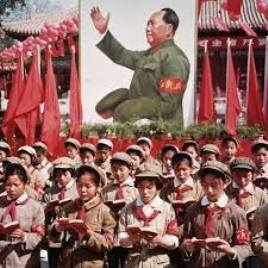
Mao Zedong wanted to lead China forward. In 1957, Mao Zedong focused on industrial growth and commercial agriculture. He wanted to speed up the process and established special communes to do it. These were units of administration in the countryside that made use of collective labour. They mobilized peasants to increase the production of steel and raise agricultural production.
By the mid-1960s the government Mao had established was weakening. Groups opposing him had emerged in the Chinese Communist Party and in the army. His economic policies had failed.
Leaders opposed to him wanted better economic policies even if it meant moving away from the principles of Communism. Under these circumstances, Mao called for a Cultural Revolution in 1965. The Cultural Revolution was a means to regain control of the party by Mao.
Mao formally launched the Cultural Revolution in August 1966 by shutting down China’s schools. The Chinese youth responded to his call with great enthusiasm. The Red Guards marched through cities and towns attacking anyone they thought was against their leader. Elderly people and scholars were physically assaulted, and many died.
In October 1968, Liu Shaoqi, one of Mao’s rivals and critics, was expelled from the party. This marked the beginning of the end of the Cultural Revolution. However, the Cultural Revolution did not really end till Mao’s death in 1976.
Picture Credit : Google




